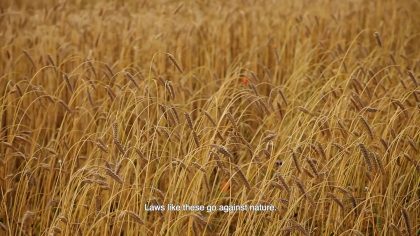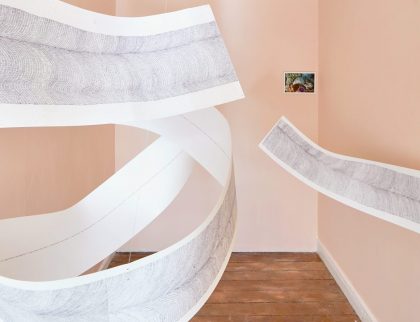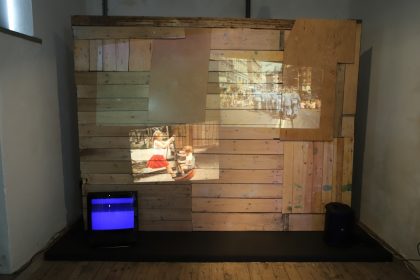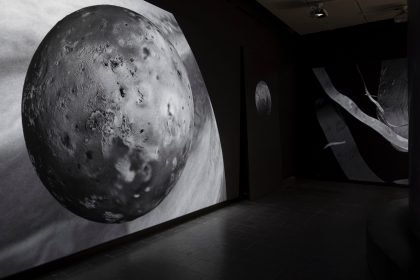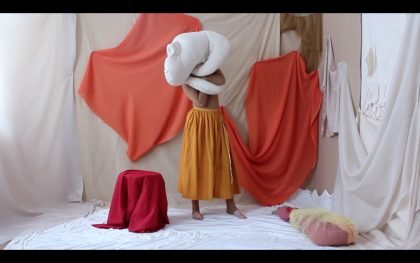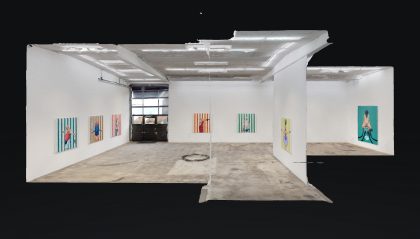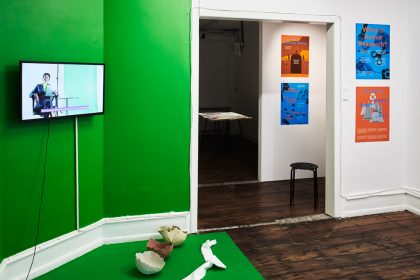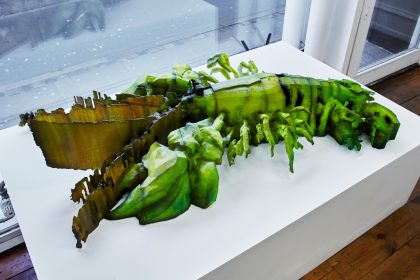Anbefalet under Det skal du se! Uge 4.
The exhibition The Writing of Nature aims to raise questions regarding the role of nature in our contemporary society, by shedding light on what constitutes nature and how these constellations of elements are interconnected with each other.
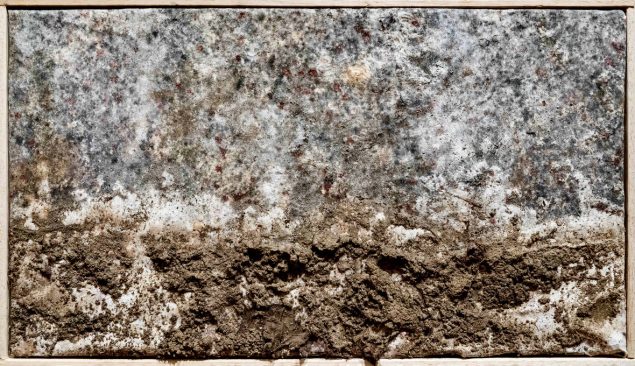
The categorization of nature as separate from and subordinate to humans, and therefore as something which can be dominated, controlled and bent to humankind’s needs and expectations, has been integral to the so-called Modern era in the West, and still to a large extent informs our societies today. However, this conception has recently been turned inside out, not only by climate activist groups but also in academic theory. Feminist theorist Donna Haraway speaks of natureculture in order to illuminate new ways of thinking about agency and power, and to try to overcome the ontologically and epistemologically pre-established differentiation between human being and nature, and nature and culture.
These reflections inform the conceptual inspiration for this exhibition. In addition, The Writing of Nature experiments with how science and art can work together to generate compelling stories, which can inspire a broader audience. In fact, in a time where climate change is not merely an ‘issue’ but has become a crisis and an urgent matter to address, new discourses and new strategies of communication need to be generated in order to efficiently face the crisis.
Therefore, the exhibition establishes an arena for discussion where nature in various forms becomes the main actor. In Naturografia, Copenhagen edition, Italian artist Roberto Ghezzi shows how various elements (soil, air, water, fauna and flora) interplay with each other on organic cotton canvases. The canvases, which were installed in several areas in and around Copenhagen in December, have been interacting with the ecosystem and climate, and show us the processes of nature in an abstract yet very material form. The work is supplemented by scientific analyses, in collaboration with the Department of Environmental Science, University of Aarhus and the Department of Biology, University of Copenhagen.
While Roberto Ghezzi begins his artistic reflection by installing something human made, his canvases, in nature, Swedish artist Åsa Sonjasdotter reflects on how humankind has manipulated nature through the practice of seed selection. Initially, this practice ensured that the seed varieties were strong and resistant to changing conditions, while creating a farmers’ community around the practice of seed exchange, and preserving biological diversity. Nowadays seed varieties are strictly regulated and it is illegal to exchange them outside of member organizations. The film Cultivating Abundance, recorded at the Larsson farm in Fulltofta, Sweden, and at the Swedish University of Agricultural Sciences in Alnarp, presents the preservation and recultivation work undertaken by the agronomist Hans Larsson, and the heritage grain association Allkorn, to protect seeds and grain varieties.
The Writing of Nature wishes to generate a place of exchange and discussion for individuals and the artistic and scientific communities, to help rethink our individual and collective conceptions and relations to nature.
Kilde: SixtyEight Art Institute
Gothersgade 167, st. th.
1123 København K
Se website for åbningstider
Gratis entré
+45 20665855

